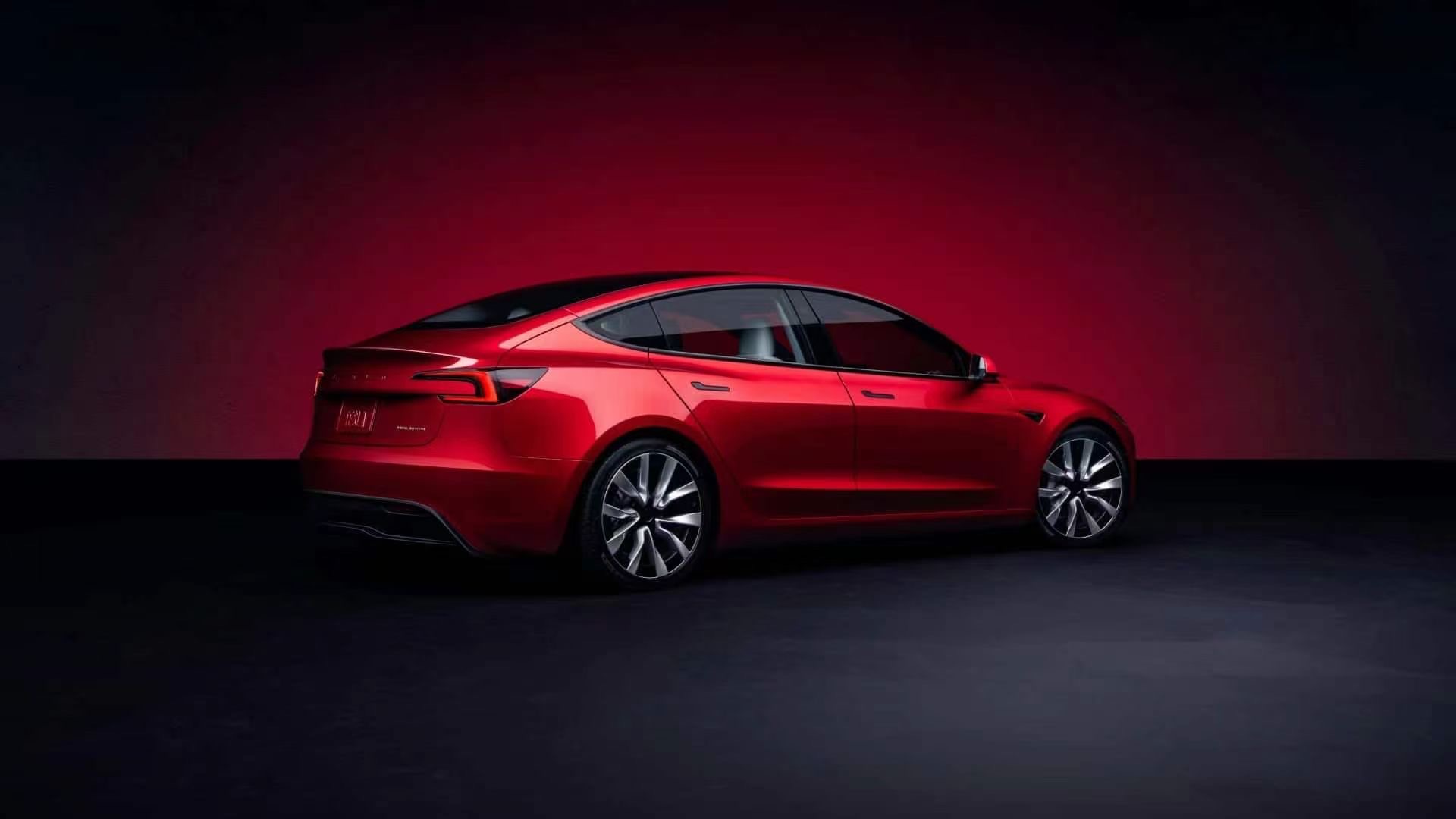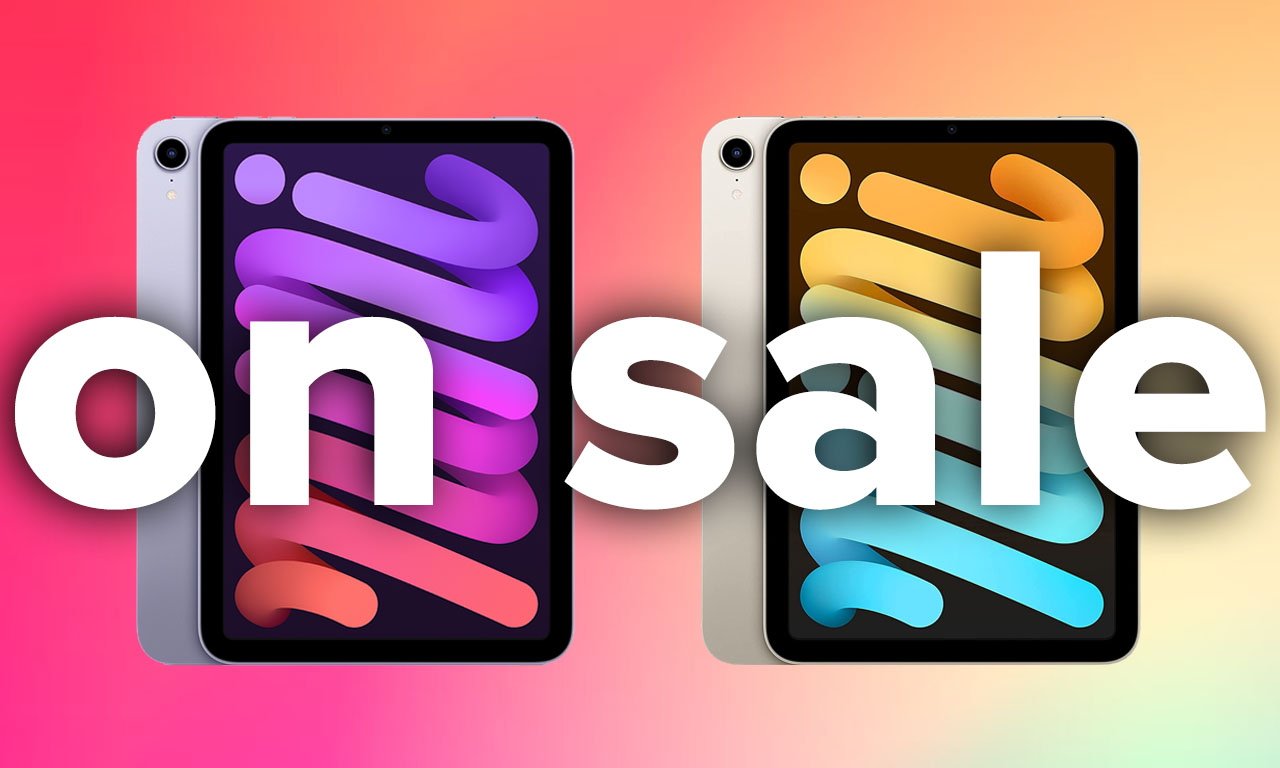Starting tomorrow, Saturday January 4th, consumers in China are going to see something that they rarely see when shopping for an iPhone: a price reduction. The four-day price break cuts prices on certain iPhone models by as much as 500 yuan ($68.50) on some of Apple’s newest iPhone models. As we told you yesterday, Apple’s largest rival in China’s premium phone market (phones priced at $600 or higher), Huawei, is also cutting the prices on its handsets.
“Apple’s strategy has changed to adapt to the change in Chinese consumers’ shopping behavior,” said Will Wong, a senior research manager for market intelligence firm International Data Corporation (IDC). The value-seeking trend has made price discounts more attractive to consumers. Apple may fall behind other competitors if it doesn’t adopt such a pricing strategy.”-Will Wong, senior research manager, International Data Corporation (IDC)
China’s economy, the second largest in the world, is going through a rough patch. A trade-in program started by the Chinese government last year to help consumers upgrade to new household appliances and cars was expanded today to include mobile phones, tablets, smartwatches and fitness bands.
China is the largest smartphone market in the world and the iPhone briefly dropped out of the country’s top five smartphone brands during last year’s second quarter. The following quarter saw Apple return to the list although domestic manufacturer vivo was the top selling smartphone brand in China during Q3 2024. The BBK Electronics unit had a 20% year-over-year increase in sales. During the quarter, Apple’s sales dropped .3% on an annual basis while Huawei saw its sales soar 40% compared to Q3 2023. For the iPhone, it was the fourth consecutive month of lower sales in China.
Huawei continues to ride a nationalistic wave in China that started last year when the company released its first 5G-enabled flagship phone since 2020. Despite U.S. sanctions that prevent Huawei from obtaining 5G chips, China’s largest foundry, SMIC, was able to manufacture a 5G application processor (AP) for 2023’s Mate 60 series. Even though this chip was two to three generations behind APs made by Apple, Qualcomm, Samsung, and MediaTek, Chinese consumers saw the inclusion of 5G support for the Mate 60 line as a victory over the United States.


/cdn.vox-cdn.com/uploads/chorus_asset/file/25815476/Kallie_FordPowerPromise_Dec2024__083_V1.jpg)







